Wheel Bearing Woes: Impact On Alignment And Vehicle Safety
Are strange noises coming from your car? Or is your vehicle shaking or pulling to one side? If so, you might have a problem with your wheel bearings. Wheel bearings are essential for smooth and safe driving, so understanding their impact on alignment and vehicle safety is crucial.
Signs of Wheel Bearing Problems
Ignoring wheel bearing issues can lead to costly repairs and safety hazards. Keep an eye out for these telltale signs of trouble:
- Unusual noises like grinding, humming, or clicking sounds
- Vehicle shaking or vibration at specific speeds
- Steering wheel pulling to one side while driving
- Uneven tire wear or excessive play in the wheels
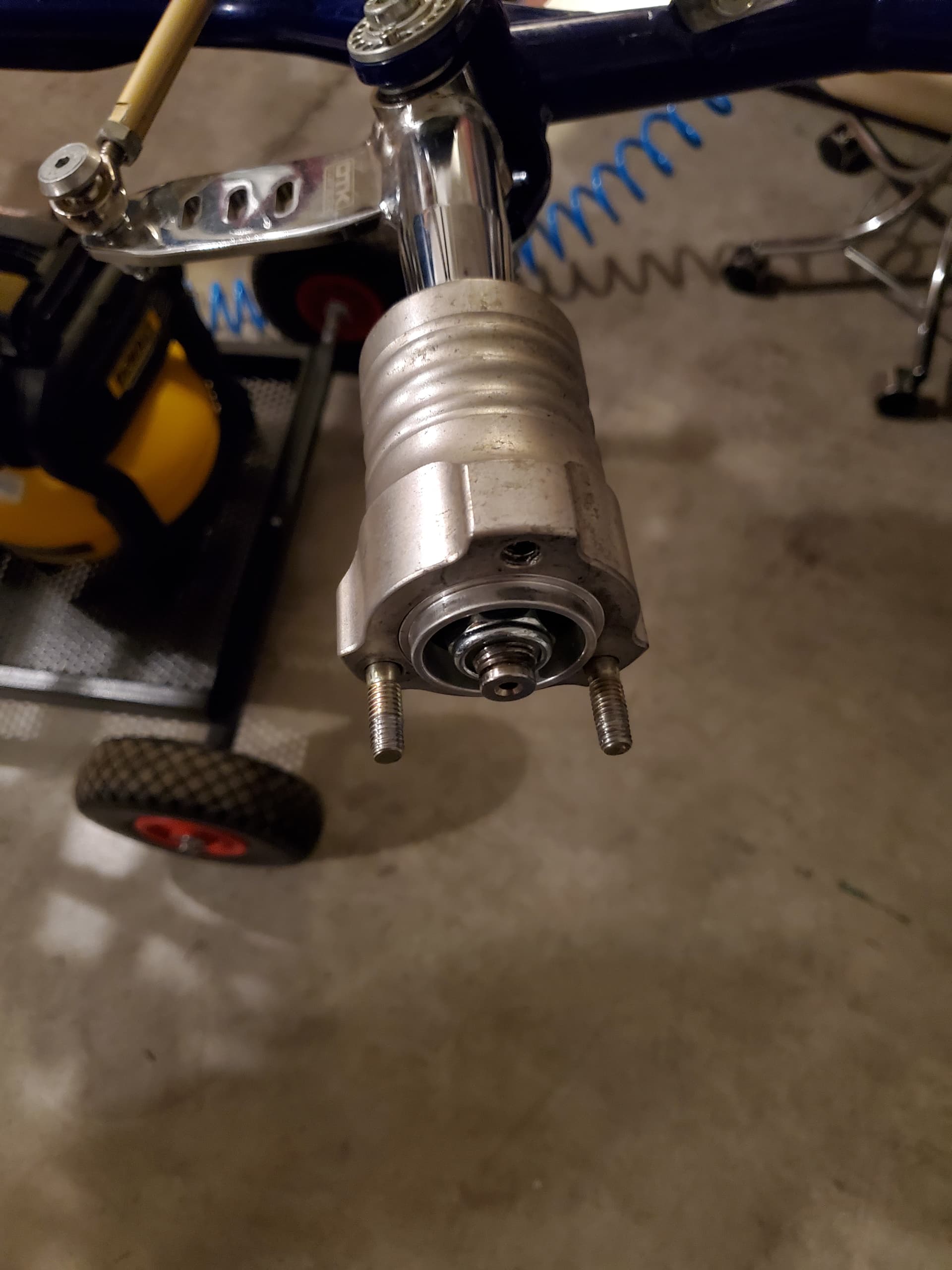
Wheel Bearings: Their Role in Alignment and Safety
Wheel bearings allow wheels to rotate smoothly and freely. They reduce friction between moving parts and support the vehicle’s weight. When wheel bearings fail, they can cause excessive play or misalignment, leading to:
- Reduced vehicle stability and handling
- Increased tire wear and uneven tread patterns
- Potential loss of control in severe cases
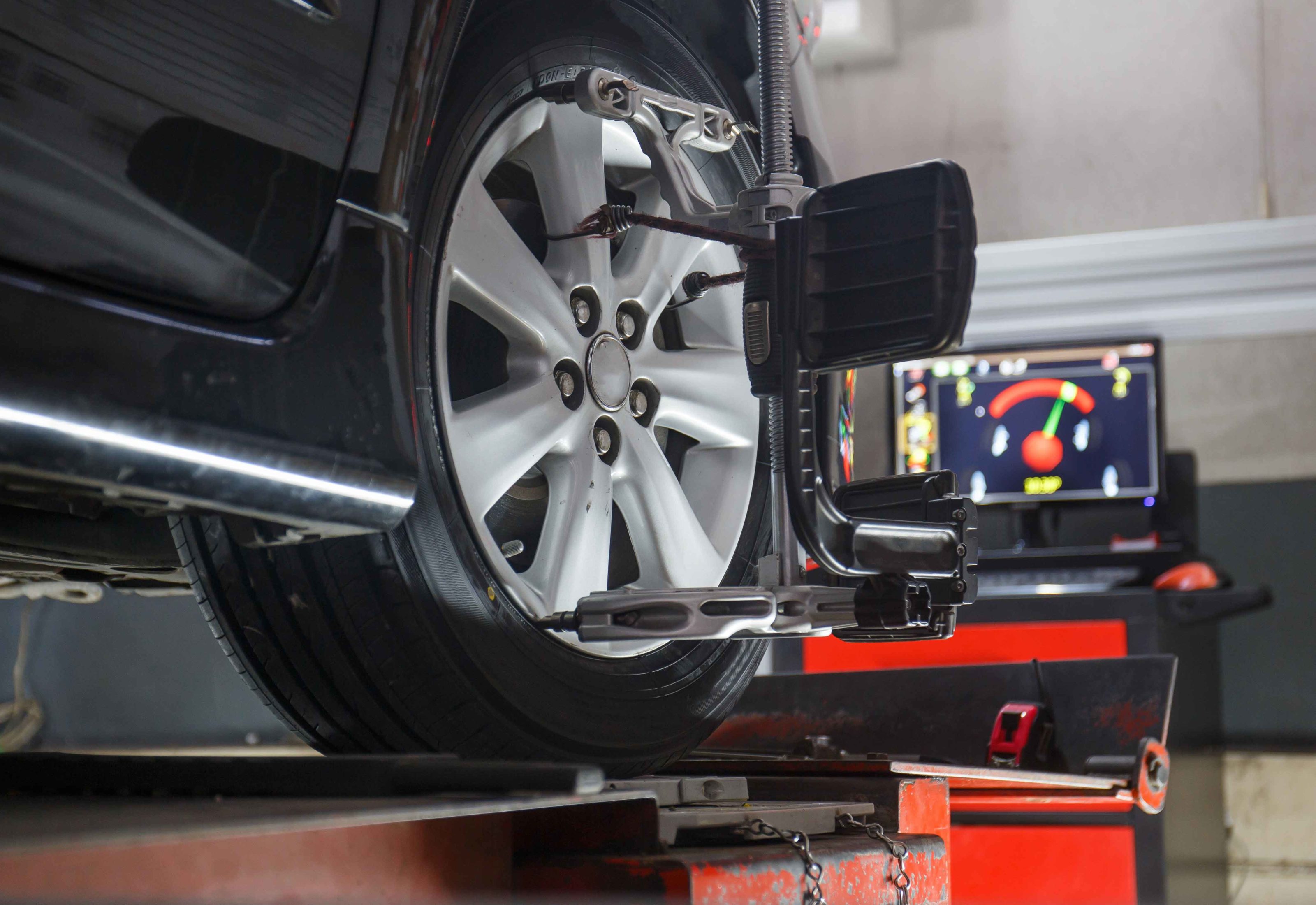
Real-Life Experience: A Cautionary Tale
I once ignored a persistent humming noise in my car, thinking it was just a minor annoyance. However, as I continued driving, the noise worsened, accompanied by vibrations. Upon inspection, we discovered a worn-out wheel bearing. Had I delayed any further, it could have led to a complete wheel detachment and potentially catastrophic consequences. This incident taught me the importance of addressing wheel bearing issues promptly.
Anatomy of a Wheel Bearing: Delving Deeper
Wheel bearings typically consist of an inner and outer race, with ball bearings or rollers in between. These races provide a smooth surface for the bearings to rotate, reducing friction and enabling smooth wheel movement. Regular maintenance and lubrication are essential for maximizing bearing life and minimizing wear.
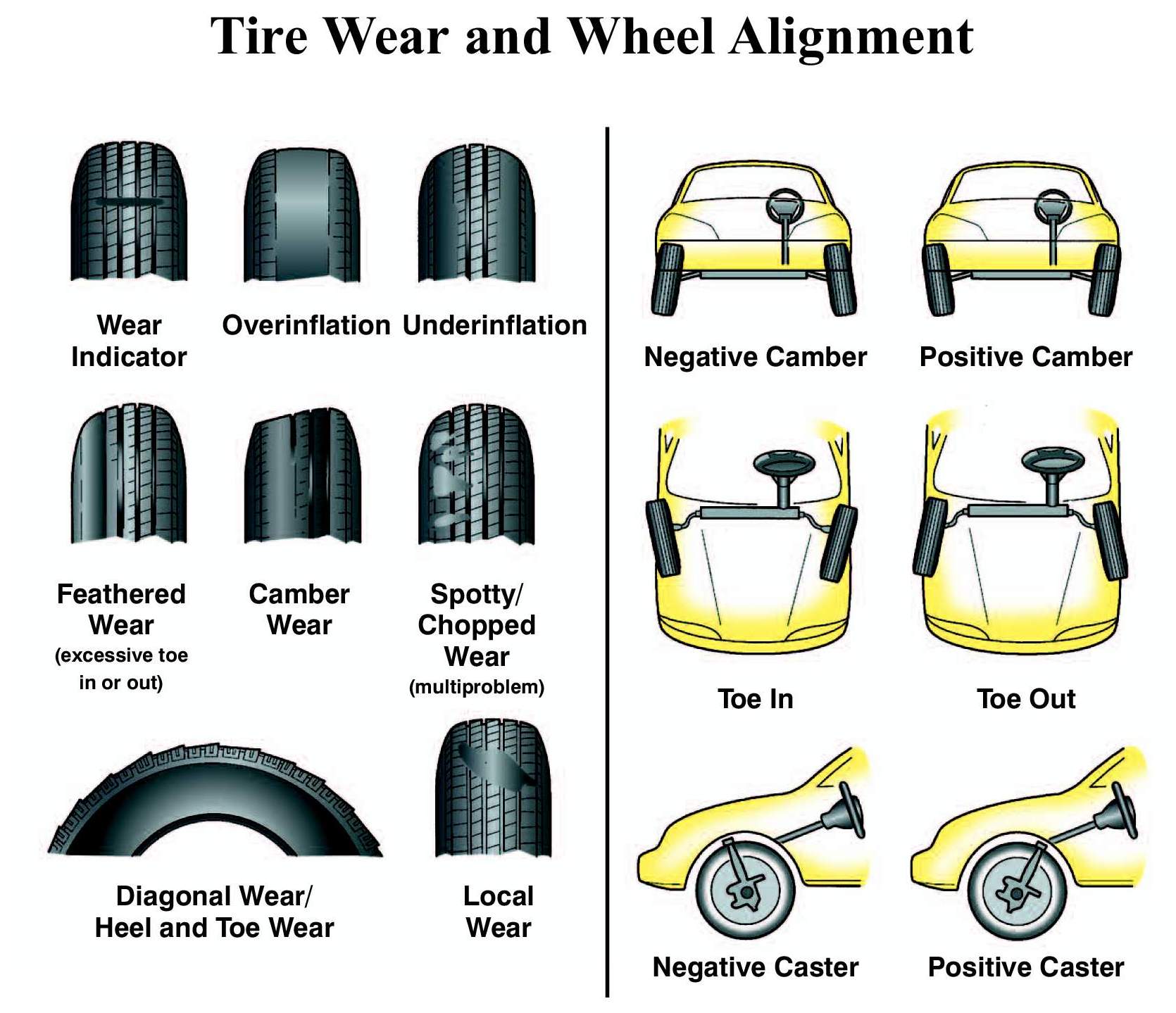
Historical Perspectives and Myths
Wheel bearings have evolved significantly over time, from simple bronze bushings to modern sealed units. While their basic function remains the same, advancements in materials and manufacturing techniques have improved their durability and lifespan. Despite their importance, myths persist, such as the belief that bearings should be repacked or adjusted regularly, which is often unnecessary unless they exhibit signs of wear or damage.
Unveiling the Hidden Secrets
Beyond their primary function, wheel bearings can reveal valuable insights about your vehicle’s condition. Worn bearings can indicate underlying suspension or steering issues. By understanding the telltale signs, you can proactively diagnose problems before they escalate into major repairs.
Recommendations for Prevention and Care
Regular vehicle inspections can help identify early signs of wheel bearing problems. Proper lubrication and timely replacement are crucial for extending their lifespan. Neglecting maintenance can lead to premature failures and associated safety risks. Consider consulting a mechanic if you experience any unusual noises or vibrations while driving.
Wheel Bearing Woes: A Closer Examination
Wheel bearings are highly stressed components, bearing the brunt of a vehicle’s weight and subjected to constant rotation and vibration. Over time, wear and tear can take their toll, leading to noise, vibration, or misalignment. Understanding the potential impact of wheel bearing problems is paramount for ensuring safe and reliable driving.
Wheel Bearing Failure: Consequences and Prevention
Neglecting wheel bearing issues can have severe consequences. Worn bearings can cause excessive friction, leading to heat buildup, premature tire wear, and potential wheel detachment. Regular inspections and timely replacements are key to preventing these costly and hazardous situations.
Tips for Troubleshooting Wheel Bearing Problems
Troubleshooting wheel bearing problems requires attention to detail and an understanding of common symptoms. If you experience unusual noises or vibrations, lift the vehicle and inspect each wheel for play or resistance. Worn or damaged bearings may exhibit noticeable looseness or resistance when attempting to rotate the wheel manually. Consulting a mechanic for further diagnosis and repair is recommended.
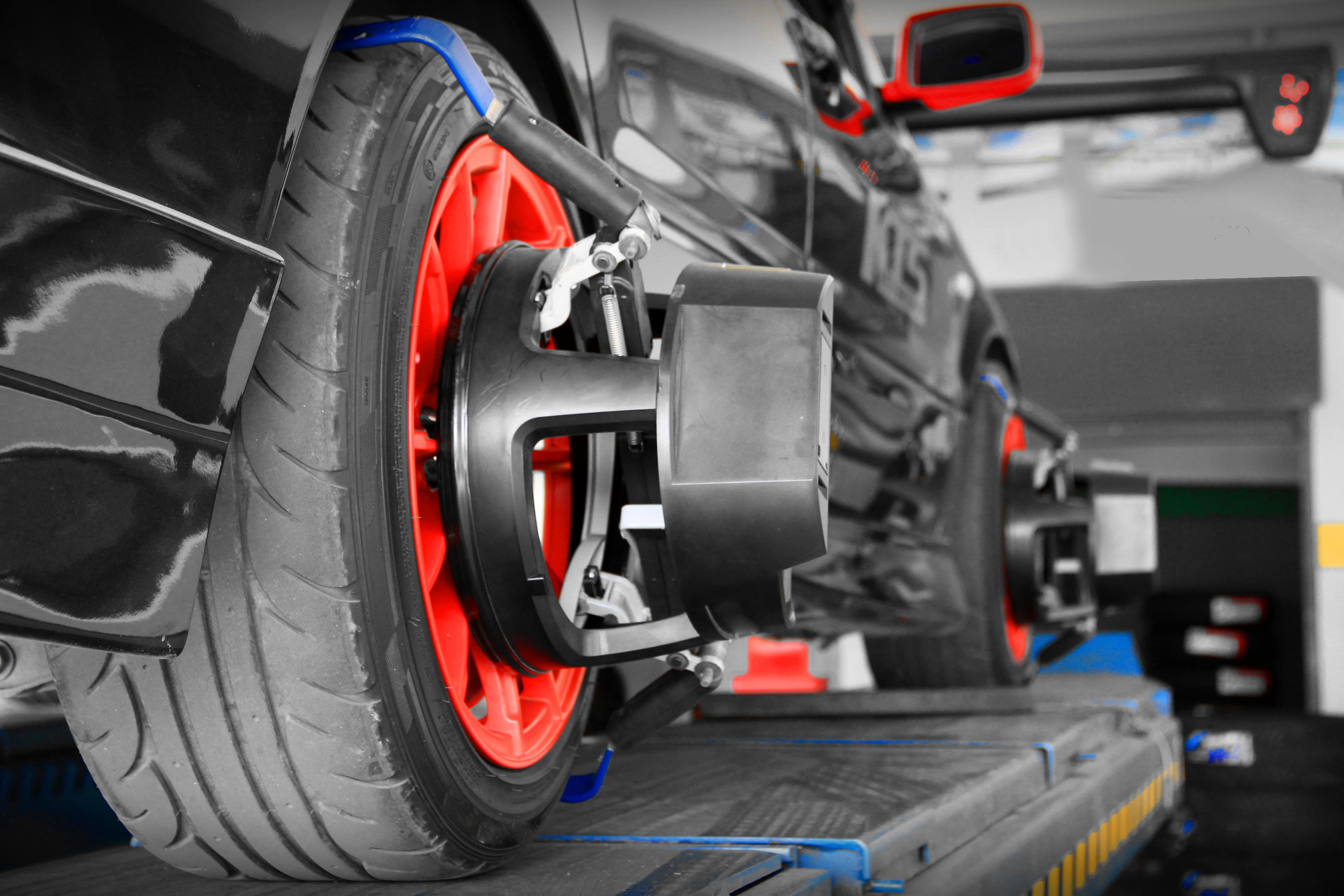
Wheel Bearing Maintenance: A Guide to Proactive Care
Regular vehicle maintenance, including wheel bearing inspections, can help prevent potential issues and extend their lifespan. Visual inspections can detect excessive play or damage, while listening for unusual noises like humming or grinding can indicate bearing wear. Proper lubrication is also essential to reduce friction and prevent premature failure.
Fun Facts about Wheel Bearings
Wheel bearings are fascinating components with some surprising characteristics:
- Ball bearings can withstand immense loads despite their small size.
- Sealed bearings are designed to operate for extended periods without lubrication.
- Some high-performance vehicles use advanced ceramic bearings for increased durability and reduced friction.
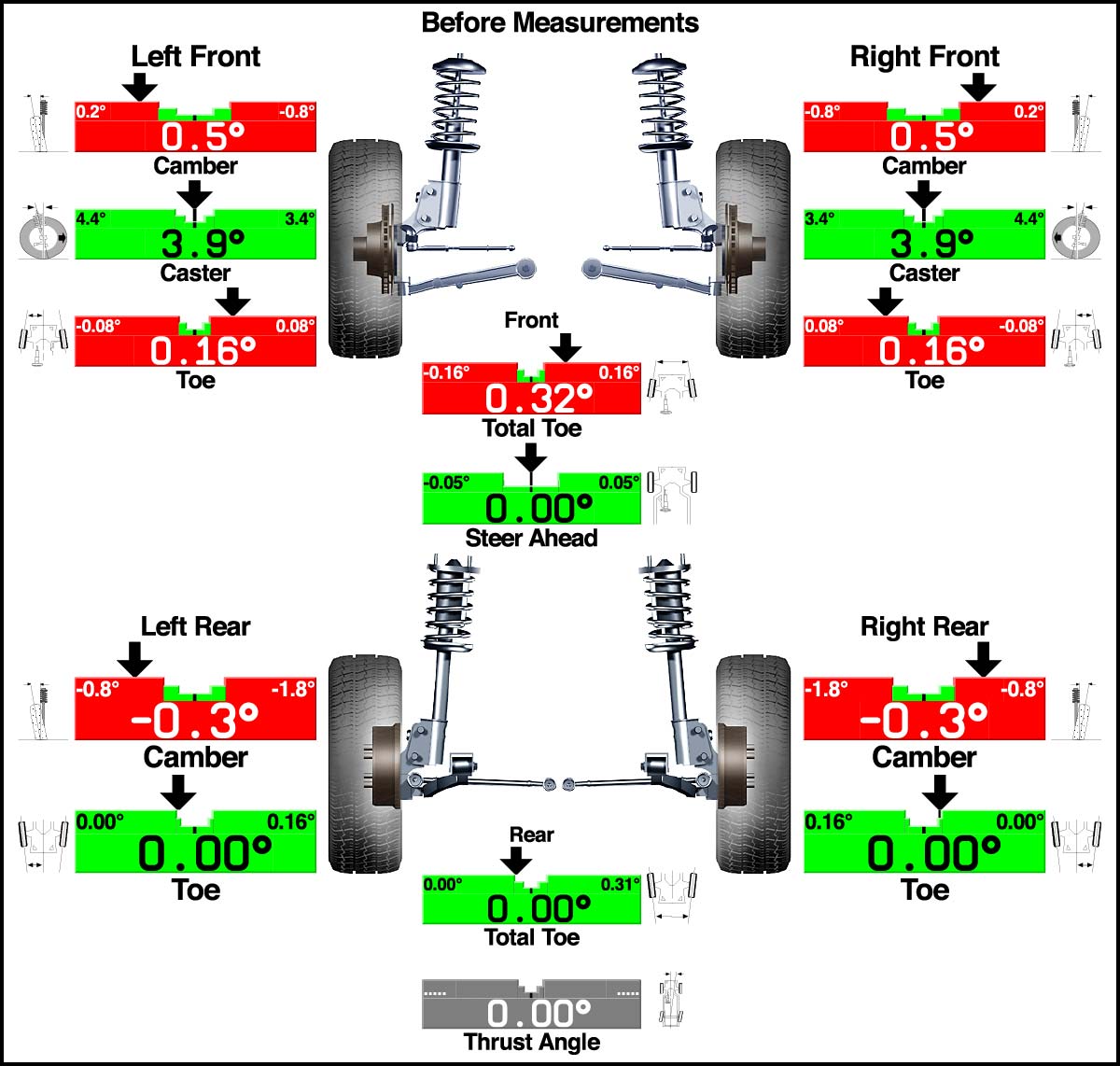
How to Replace Wheel Bearings: A Step-by-Step Guide
Replacing wheel bearings requires specialized tools and mechanical know-how. If you’re not familiar with automotive repairs, it’s advisable to seek professional assistance. However, understanding the replacement process can help you make informed decisions and communicate effectively with your mechanic.
What if I Ignore Wheel Bearing Problems?
Ignoring wheel bearing issues can have dire consequences. Severe wear can lead to complete bearing failure, causing the wheel to detach from the vehicle. This can result in catastrophic accidents and injuries. It’s crucial to address any signs of bearing problems promptly to avoid potential disasters.
A Comprehensive List of Wheel Bearing Symptoms
Recognizing the symptoms of wheel bearing problems is essential for early detection and prevention. Here’s a comprehensive list of common signs:
- Persistent humming, grinding, or clicking noise while driving
- Vibration or shaking in the steering wheel or vehicle
- Uneven tire wear or excessive play in the wheels
- Vehicle pulling to one side while driving
- Increased fuel consumption due to increased rolling resistance
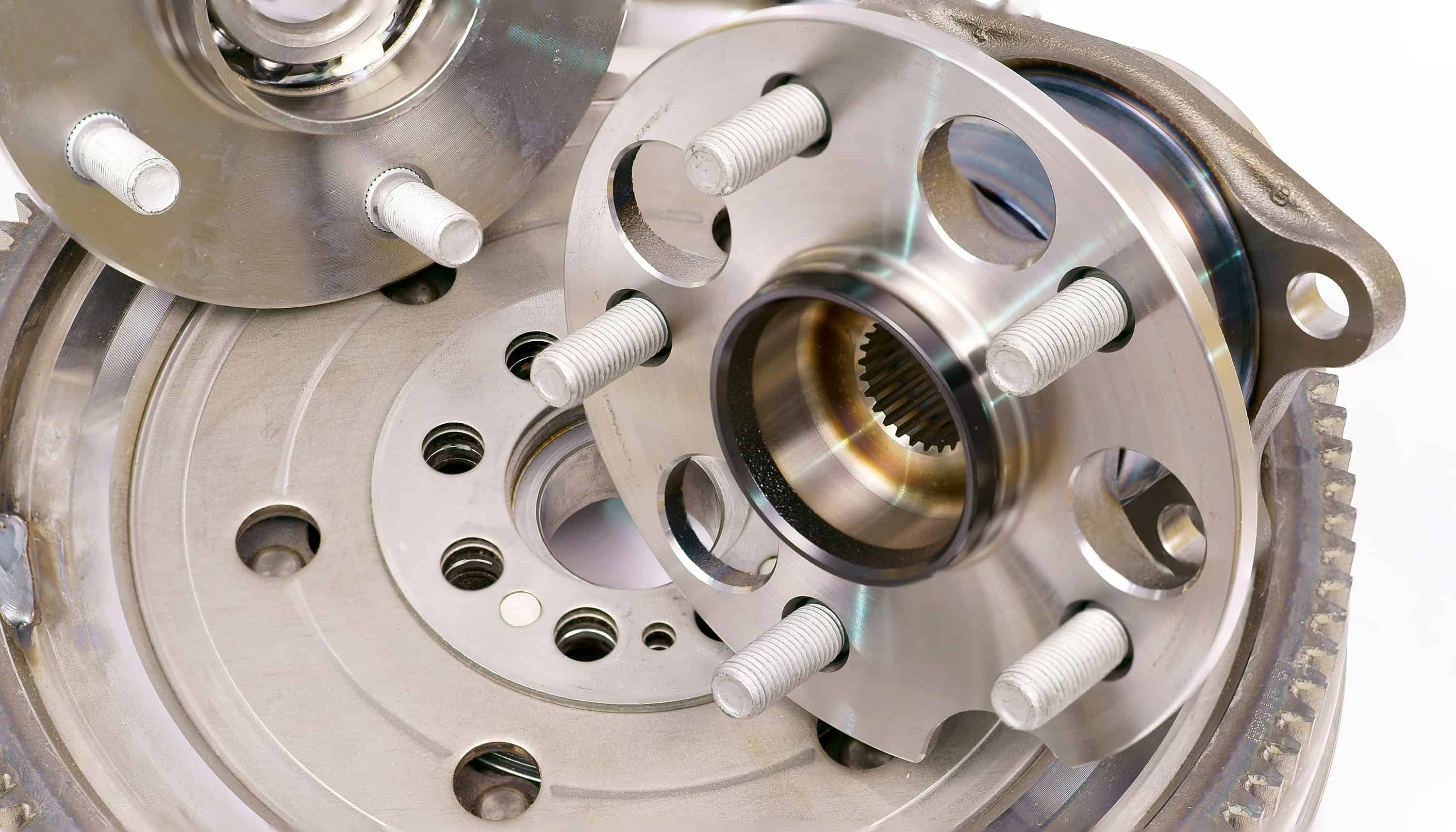
Question and Answer: Wheel Bearing Woes
Q: Can I drive with a bad wheel bearing?
A: It’s not recommended to drive with a damaged wheel bearing. Driving with a worn bearing can lead to further damage, safety hazards, and increased repair costs.
Q: How often should I replace my wheel bearings?
A: Wheel bearing replacement intervals vary depending on driving conditions and vehicle usage. Consult your vehicle’s owner’s manual for recommended replacement schedules.
Q: Can I replace wheel bearings myself?
A: Replacing wheel bearings requires specialized tools and knowledge. If you’re not familiar with automotive repairs, it’s advisable to seek professional assistance from a mechanic.
Q: What is the average cost to replace wheel bearings?
A: The cost of wheel bearing replacement can vary depending on the vehicle make, model, and the severity of the damage. On average, expect to pay between $200 to $500 per wheel.
Conclusion of Wheel Bearing Woes: Impact On Alignment And Vehicle Safety
Understanding the impact of wheel bearing problems on alignment and vehicle safety is crucial for maintaining a safe and reliable driving experience. By recognizing the signs, symptoms, and potential consequences of worn bearings, you can take prompt action to prevent costly repairs and accidents. Regular vehicle inspections, proper maintenance, and timely replacement of wheel bearings are essential to ensure smooth, stable, and enjoyable driving.
